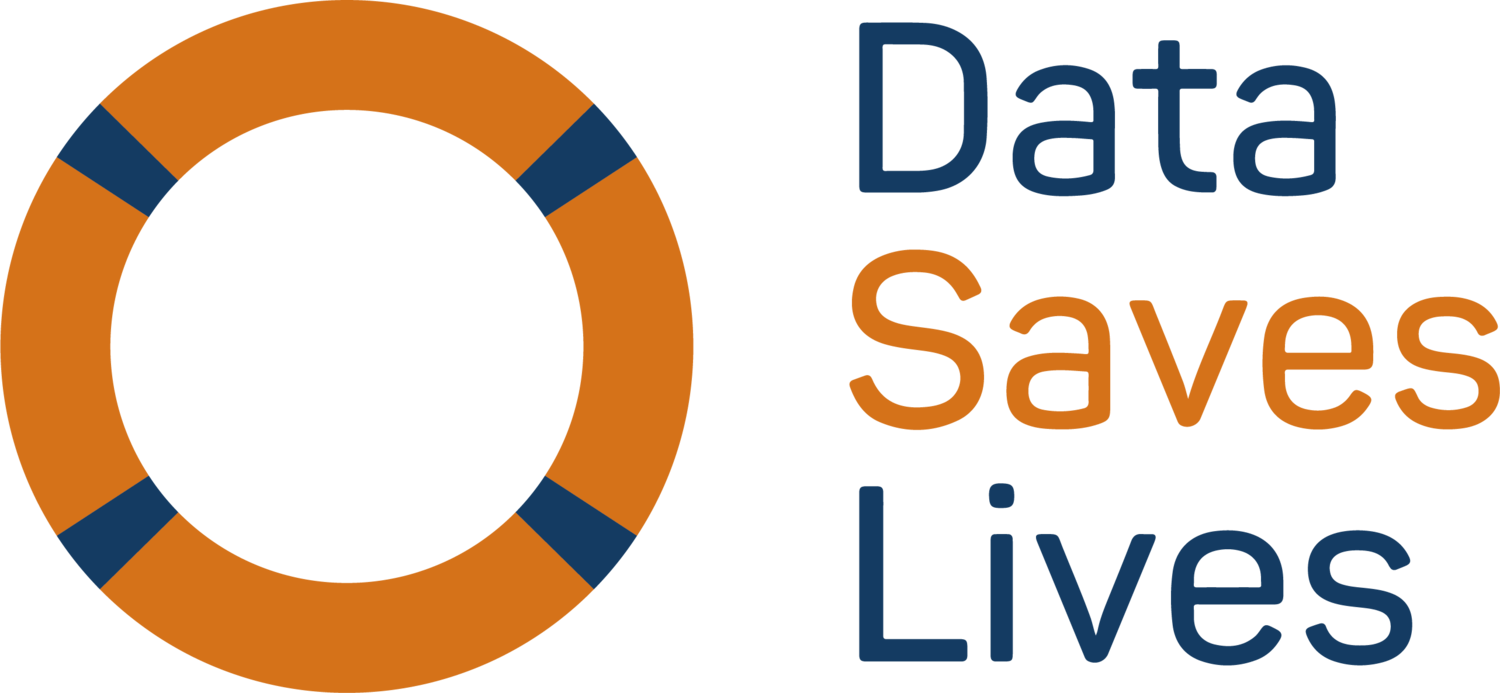Patient registries are a valuable source of real-world data (RWD)
What is the health challenge?
Spinal Muscular Atrophy (SMA) is a rare genetic and progressive neuromuscular condition, which occurs in around 1 in every 6,000 to 10,000 live births. While symptoms do vary from person to person, it causes progressive muscle weakness and wasting. It can have significant health impacts. In severe cases, if left untreated, it is usually fatal by the age of around two years.
What was the purpose of the research using real-world data?
Although there have been major advances in clinical care and treatment of SMA in recent years, with three treatments approved by regulators in the EU, most clinical trials have focused on the safety and effectiveness of treatments in children and babies, with very limited data available in adults (aged 18 years and older). It is therefore difficult to demonstrate the clinical effectiveness of treatments in the adult population, so evidence must be derived from other sources. With the help of RWD, which is derived from use in clinical practice, further evidence of treatment effectiveness in adult population can be collected.
So how is RWD collected? Patient registries are an organised way of collecting RWD using observational methods and following the same patients over time. They may be organised as either disease or product (treatment) registries. Most registries in SMA are disease registries, enrolling patients regardless of treatment status to further characterise the natural history of the disease (which is often limited in rare disease) as well as the effectiveness and real-world safety of different SMA treatments. Collating patient information in disease registries helps to avoid fragmented or siloed approaches for collecting RWD, which may arise when data is gathered with individual product registries.
Why and how was health data used?
At the time of initial EU marketing authorisation in May 2017 for the first treatment in SMA, the completed clinical trials included participants of different ages, disease stages, and severity, but there were limited data in adults. Since that time, evidence has been collected from clinical practice to further support and inform the safe and effective use of such treatment in adults. This includes RWD generated from the collaborative network of SMA disease registries, in which participating patients have provided their consent for their data to be used for research purposes.
In 2022, the product information was updated to reflect this additional data on the clinical effectiveness in some SMA adult type II and III patients. Also, the real-world safety data in the adult population were shown to be consistent with the known safety profile of the treatment derived from clinical trials. This [label] update means that adults with SMA and treating physicians now have a greater understanding of the efficacy and safety of this treatment in a broader population.
This case study is an example of how RWD can be used to provide additional useful information for patients and healthcare professionals. Despite this advancement, it is still relatively uncommon for this type of information to be used to support regulatory decisions around effectiveness, and for it to be included in medicinal product labelling.
However, a publication authored by European Medicines Agency (EMA) representatives1, endorses that rigorous RWE alongside clinical trial data should be viewed as complementary, and together may be informative for establishing treatment effectiveness in certain regulatory use cases.
What is the benefit to healthcare?
Patient registries are an important source of RWD, which can be analysed and translated into RWE. The inclusion of RWE information in product information is support by the regulatory agency and provides healthcare professionals with the reassurance they need to rely on this to make clinical decisions. The case study is hoped to be the first of many examples where RWE is used to inform label updates.
Patient databases hold the key to optimising treatment options and require collaboration
Patient disease registries have considerable potential to generate valuable information and contribute to our understanding in certain disease areas, but they require investment in resources, capacity and co-ordination to fully deliver on this promise. establishing and managing SMA patient registries, in collaboration with academics and treatment centres, is a great example of how the power of data can be unlocked through the appropriate use of resources and multi-stakeholder collaboration. It requires strong co-operative partnerships to ensure that registries become increasingly harmonised and interoperable to generate high-quality real-world data to support decision making by different stakeholders, including regulators and reimbursement authorities, in the future.
'With Special thanks to Simon Bennett, Director, Global Regulatory Policy ECP at Biogen'

